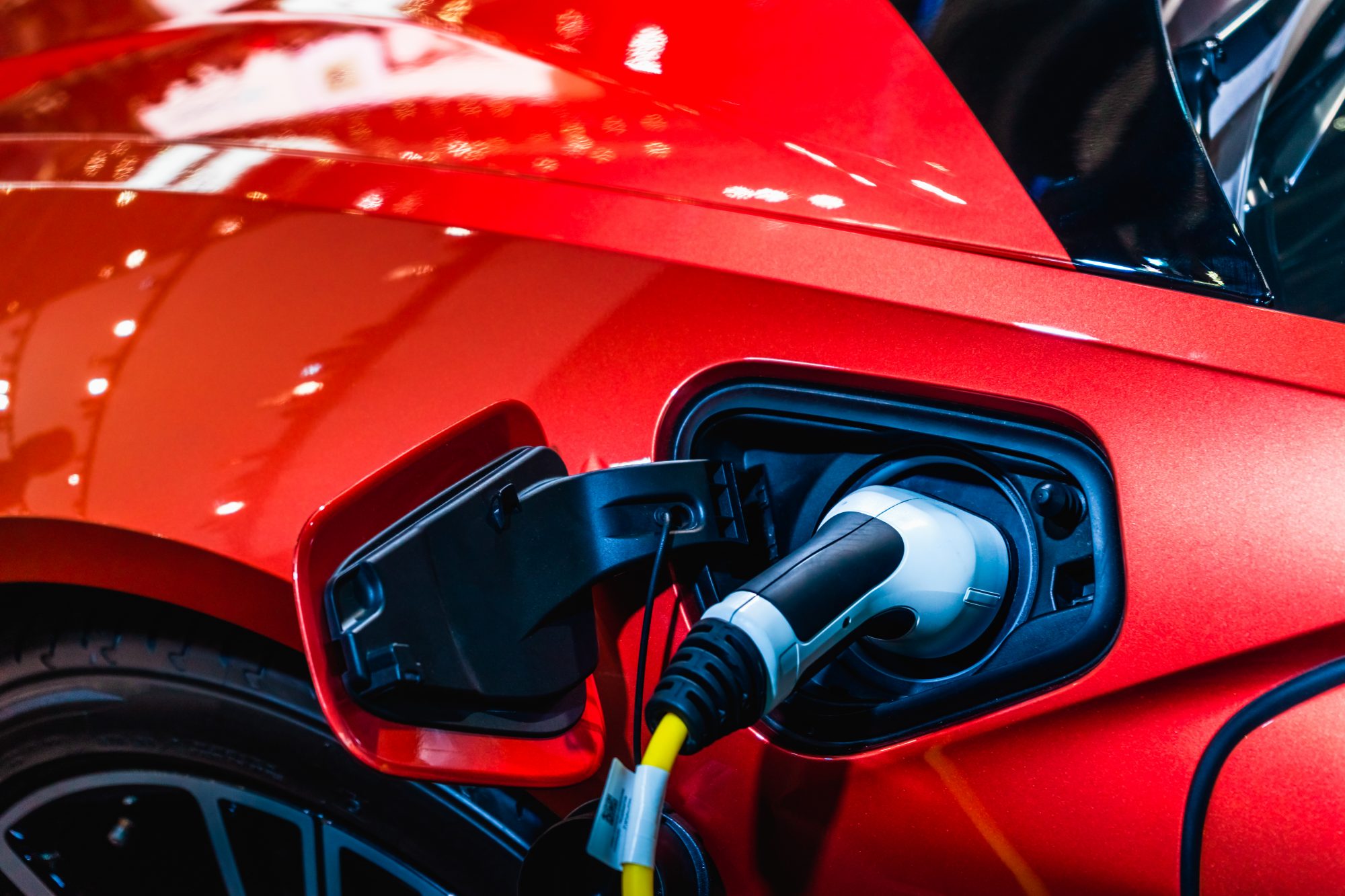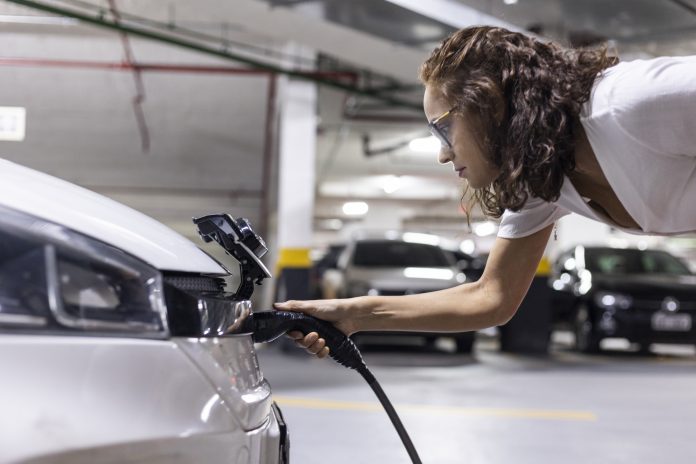High-power electric vehicle chargers could have electromagnetic interference with cardiac devices, which researchers look at with consideration of safety
Cardiac devices, such as pacemakers and defibrillators, are used to treat patients with heart rhythm disorders or heart failure.
According to a study published today in EP Europace, the greater charging current of electric vehicles could have a stronger magnetic field and a higher risk of electromagnetic interference which could cause a pacemaker to stop pacing or a defibrillator to deliver painful shock therapy inappropriately – due to falsely detecting a rapid arrhythmia.
1.4 million pacemakers will be implanted globally in 2023
The average life expectancy of a pacemaker is 8.5 years. Approximately 150,000 to 200,000 patients across the world receive an implantable cardioverter defibrillator (ICD) each year. These statistics indicate the wide range of people who could be affected by the high-power chargers of electric vehicles.
High-power chargers delivering up to 350 kW, developed to shorten charging time, use direct current (DC) which allows for higher power delivery, while older or home chargers use an alternating current (AC). While there are no official recommendations on the use of high-power chargers for patients with CIEDs, these strong currents could greatly impact those using cardiac devices.
Electric cars have the potential to create strong electromagnetic fields
Study author Dr. Carsten Lennerz of the German Heart Centre Munich, said: “The new high-power charging stations for electric cars have the potential to create strong electromagnetic fields and cause electromagnetic interference in pacemakers and defibrillators, leading them to malfunction.
“We previously investigated the risk of electromagnetic interference with cardiac devices while driving electric cars and found that the largest electromagnetic field was located along the charging cable. This was the first study to examine the risk of electromagnetic interference in patients with cardiac implantable electronic devices (CIEDs) while using high-power chargers.
Testing detection of electromagnetic interference
To test this, researchers analysed 130 patients with a pacemaker or defibrillator with four fully electric cars capable of high-power charging.
The researchers tested electric vehicles which could draw 350 kW from the high-power chargers, which is the maximum amount currently, and programmed participants’ cardiac devices to detect electromagnetic interference.
Participants were then asked to plug in and charge each car with the charging cable placed directly over their cardiac device to maximise the likelihood of electromagnetic interference and were then monitored for any malfunction of their cardiac device such as a failure to deliver pacing therapy or inappropriately sensing abnormally fast heart rhythms.
The cardiac devices were also checked for any change in their programming or damage after charging the cars.

Testing high-power charging technology rather than home chargers
Overall, 561 charges were tested, and the researchers did not observe any adverse events caused by electromagnetic interference.
While there was no inhibition of pacing in pacemakers or inappropriate detection of rapid arrhythmias (which could lead to painful shock therapy for patients with defibrillators), the researchers noted that the study focused on high-power charging technology rather than home chargers so they could be sure that external public chargers wouldn’t affect those with cardiac devices.
Dr Lennerz said: “Home chargers use a smaller current but AC generates a different magnetic field than DC. Home charging is likely safe with sensible precautions, such as not staying next to the charging cable for extended periods of time.
“This study was designed as a worst-case scenario”
Dr Lennerz added: “This study was designed as a worst-case scenario to maximise the chance of electromagnetic interference. Despite this, we found no clinically relevant electromagnetic interference and no device malfunction during the use of high-power chargers, suggesting that no restrictions should be placed on their use for patients with cardiac devices.
“Home chargers use a smaller current but AC generates a different magnetic field than DC. Home charging is likely safe with sensible precautions, such as not staying next to the charging cable for extended periods of time.
“Patients with cardiac devices can be reassured that charging electric cars with high-power chargers is safe. The risk of malfunction of pacemakers and defibrillators is extremely low in this situation.
“Sitting inside the car or standing next to the charging cable or charger is also safe. However, we would recommend not placing the charging cable directly over the cardiac device to maintain distance from the charging elements.”











